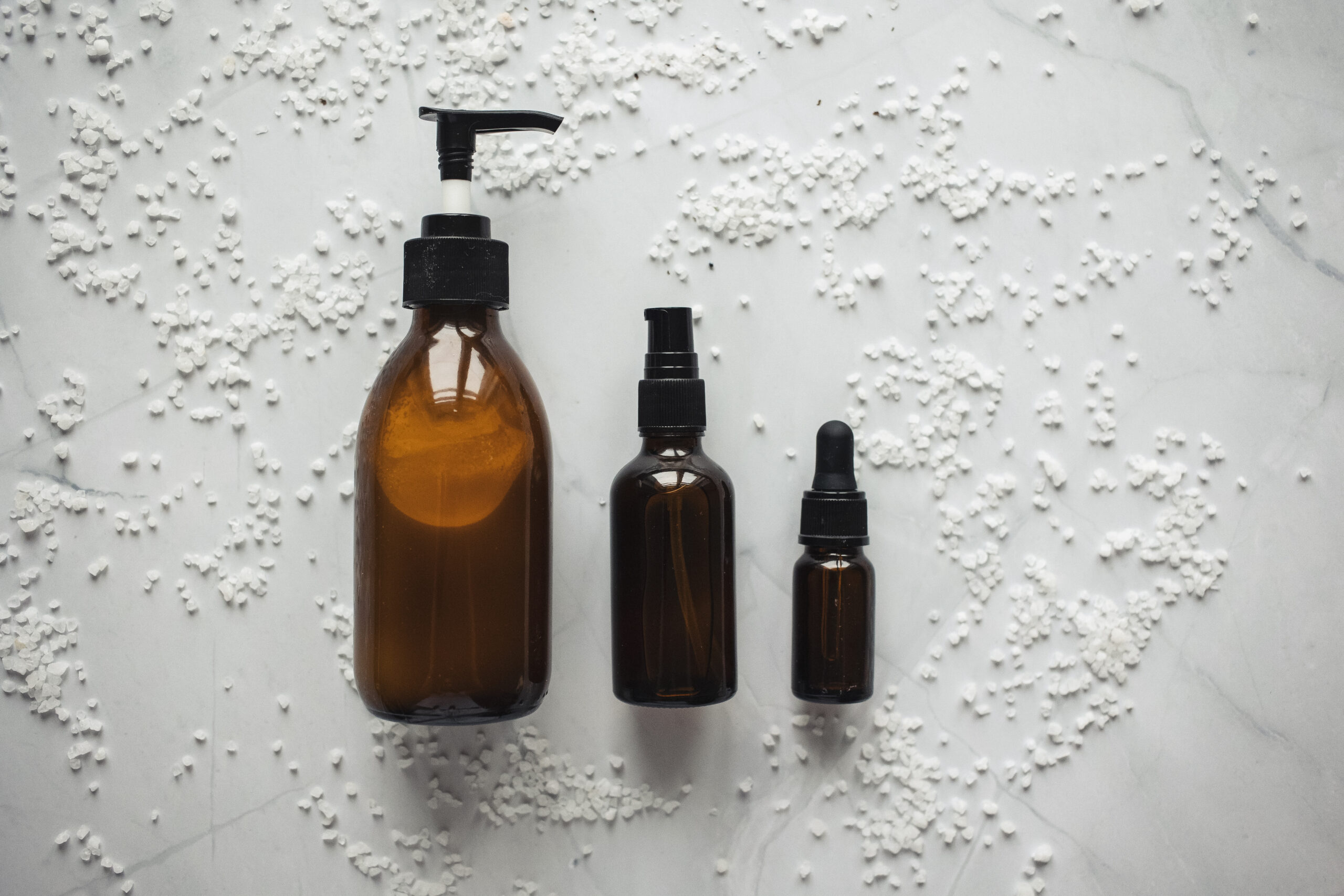In recent years, we have seen major changes in different industries, with efforts towards sustainability. Industries such as fashion and beauty, dermo-cosmetics, body care, makeup, and perfumes are more concerned about the complaints of their consumers in the face of the dreaded cancel culture.
While these industries are still far from reaching a significant milestone in reducing environmental impact, we have witnessed some first steps. Some of the changes in product formulation, the step into biodegradable packaging, the reduction in animal testing, and single-use plastics in the production chain. A great result was the law passed by the European Union against plastics in makeup, precisely in glitter.
But let’s get to the basics of a product: its packaging. And no, we are not talking about the final packaging, but the container that holds the product itself.
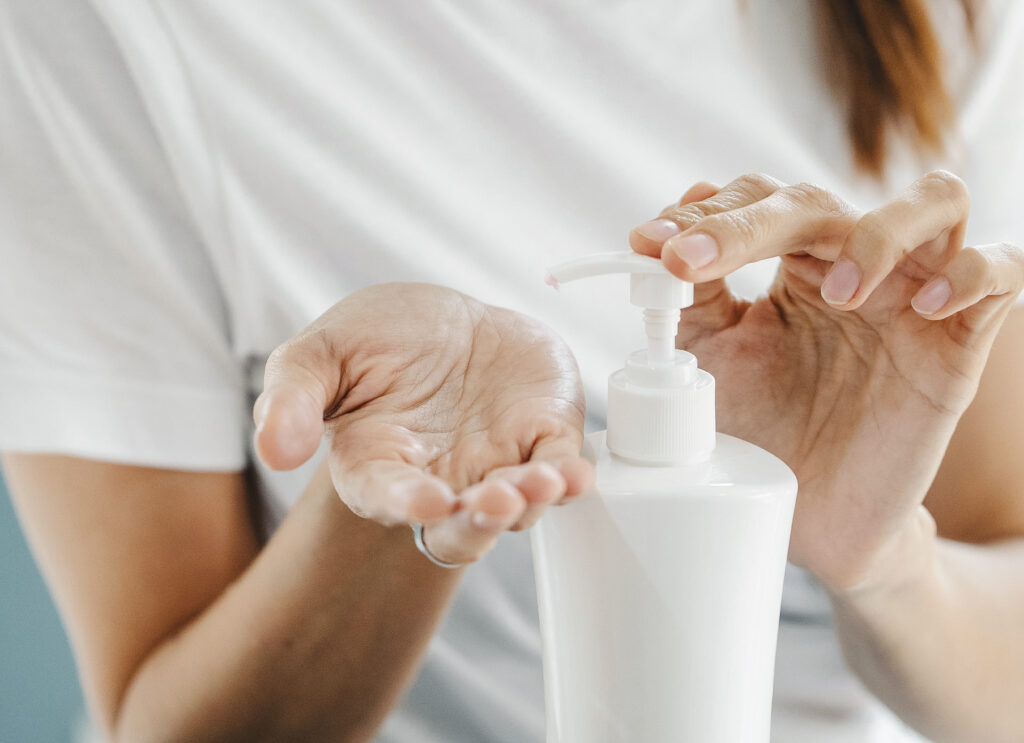
Maybe you save the perfume bottles, but probably you don’t do the same with your body lotion, right? We have the habit of throwing away what no longer serves us. This is the harmful culture of consuming and throwing away.
An idea that aims to address this problem, and it is the subject of this article, is refillable packaging.
The option of refilling those products that we have already finished instead of buying a new one has been around in the market for years. Brands such as L’Occitane and The Body Shop have been offering their customers the refill of empty containers of their products for some time. However, the idea failed to penetrate the market at the time and did not gain more followers. Fortunately, the idea did not perish, and nowadays, different brands are adapting to this way of offering their products.
Nowadays we can find multiple refillables in the beauty industry. From lotions to soaps, hair care to body care, makeup, perfumes and more. While the most complicated ones to find are still those related to facial care. This is due to the components of the products. They require careful airtightness and protection measures so as not to alter their formulas and the functionality of their active ingredients.
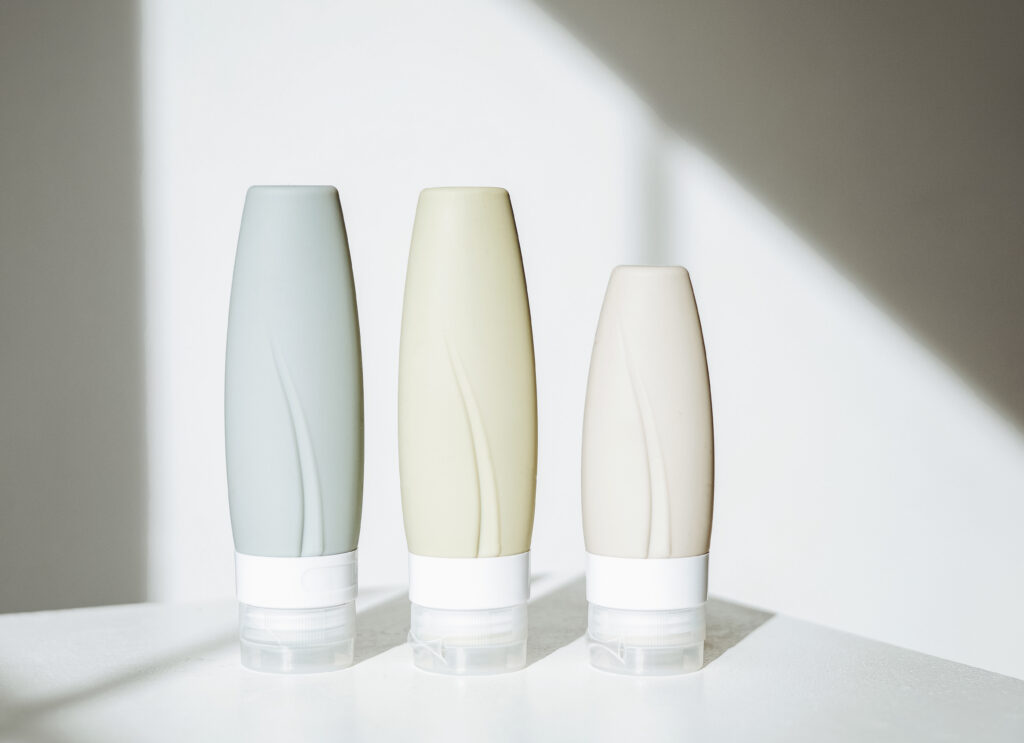
Some Innovative Examples
Existing brands are starting to experiment this idea. And, new brands are born with it. They prove their sustainable abilities from the very conception of the product for its optimal development.
Kjaer Weis
For example, we find Kjaer Weis. The Danish makeup artist Kirsten Kjaer Weis created the brand in 2010, when she saw that many products irritated the skin of the models she worked with. The brand committed to sustainability from the beginning. Thus, not only they formulate their products in the most natural way possible (including organic ingredients in their formula), but they also pay attention to the packaging of their products. These were designed, in conjunction with designer Marc Atlan, to be exceptional and durable pieces, like a jewel. Its refill system is active in 90% of its line. Although the main packaging is not recyclable, it is made from recycled metal. In addition, they ensure that the refill containers are recyclable, as well as their packaging.
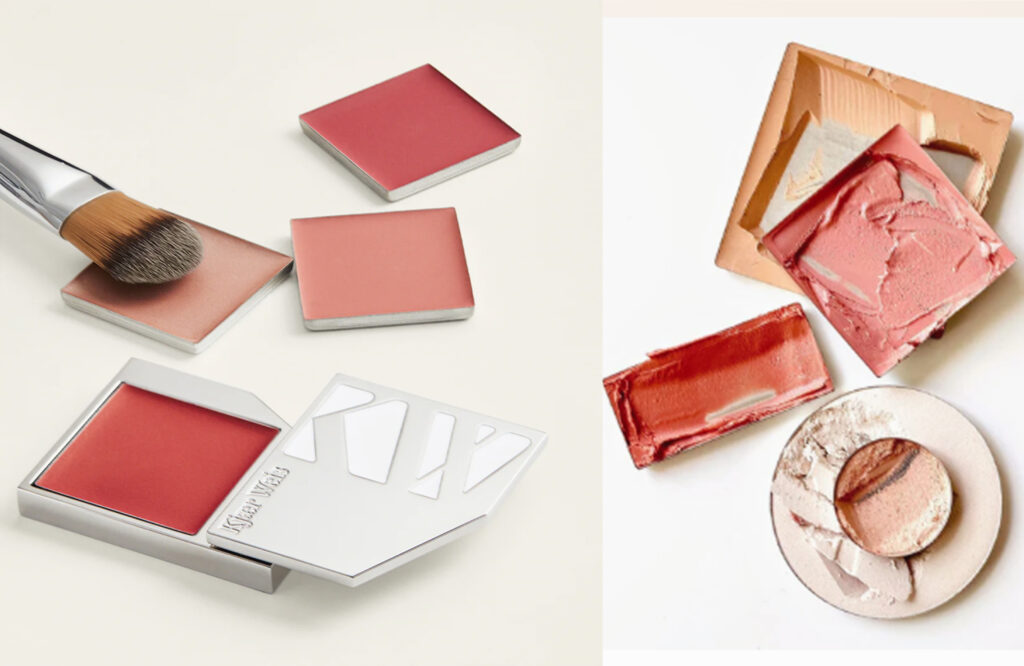
Elate Beauty
Elate Beauty is another brand that aligns with sustainability. Their makeup products focus on kindness to oneself and to others, including our planet. Aware of the difficulty of recycling packaging, they assume their responsibility by encouraging the shipment of containers (or the collection at key points) to be refilled or recycled. To date, they have managed to ensure that 75% of their products can have more than one useful life, being reused, recycled, or planted.
In the same way, they try to use as little plastic as possible in the initial containers. It is common to find certified bamboo, bagasse paper (material made from the remains of sugarcane stalks), biodegradable paper or a type of opaque glass, which facilitates and provides a greater possibility of recycling compared to other types of glass.
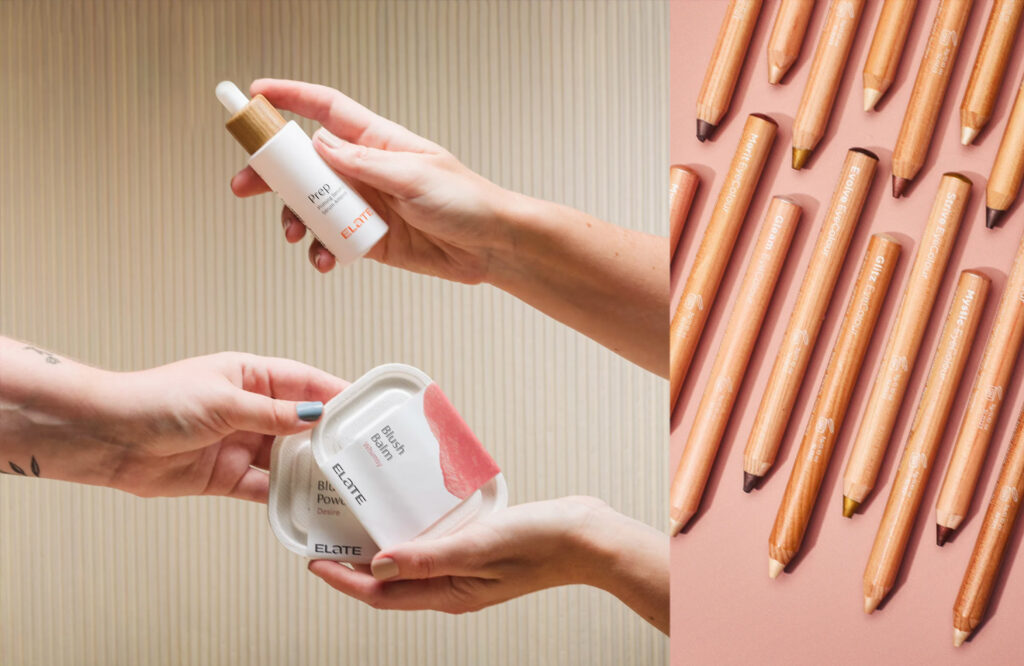
KanKan
Under the same purpose of a more sustainable world, we have KanKan. A British body care brand guided by the principles of circularity. Its refill containers have been carefully thought to offer the greatest ease to the consumer, with the least possible impact on the environment. They are recognizable for their adaptability and functionality, but also for their innovative and very attractive design. The product has two parts: the dispenser or pump, made from plastic waste and recyclable; and the can, where the contents are introduced. This can is the one that is changed at each refill. It is made of metal, a material that will be valued all over the world, ensuring its recycling infinitely. In addition, for every refill purchased, a tree is planted, through their partners Treepoints, in those communities facing climate change firsthand.
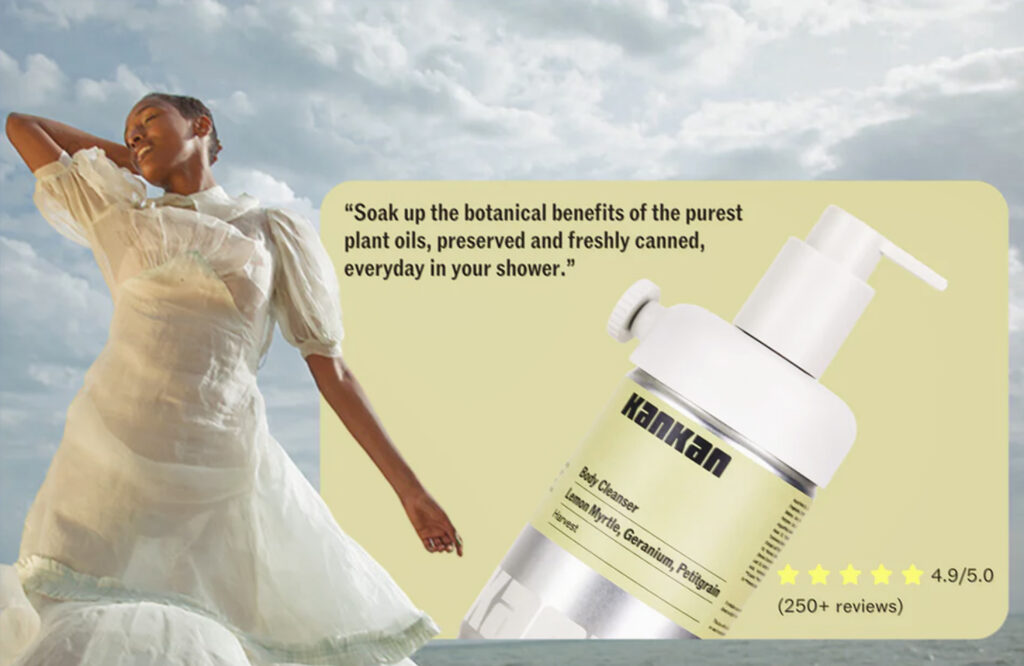
Let’s take a look at the not-always-rosy reality of refillable packaging
The efforts
Very interesting examples to analyze, and certainly hopeful ideas to implement and develop.
But is everything rosy on this path? What complications could it bring to the environment?
Let’s start with the good news. As you can imagine, refilling products can mean a decrease in single-use packaging, such as cream bottles, containers of liquid soaps, and conditioners, among others. We are talking about those containers whose sole purpose is to contain the product and which are normally made of plastic. A package whose shelf life is probably less than 1 year, but whose environmental impact will remain for decades. And yes, you might think that filling them out in the recycling section is more than enough. But that is not the case.
Many of these containers are not recyclable, even though they have been correctly selected, because their composition does not allow it. And even if there was a way to do it, we don’t always have the infrastructure to do it. In this case, refillable containers would be an ally to not discard the main container and only replace its contents when necessary.
According to a study conducted by Zero Waste Europe, the use of reusable packaging would play a significant role in reducing environmental impact. It is applied, of course, to the different products we consume whose packaging has only one shelf life. These are the items we use on a daily basis: containers for flavored beverages, water, liquor, food containers, milk jars, and e-commerce wrappers, among others. In addition, they believe that they have the potential to increase their reuse rate in the future, with the help of incentives and legislation conducive to change. Ways must be found to facilitate the transition to this model, both for businesses and consumers.
One way to incentivize the use of refillable packaging is through discounts. Thus, brands usually offer the replacement of products with a lower percentage than the initial one, even reducing their cost by 50%.
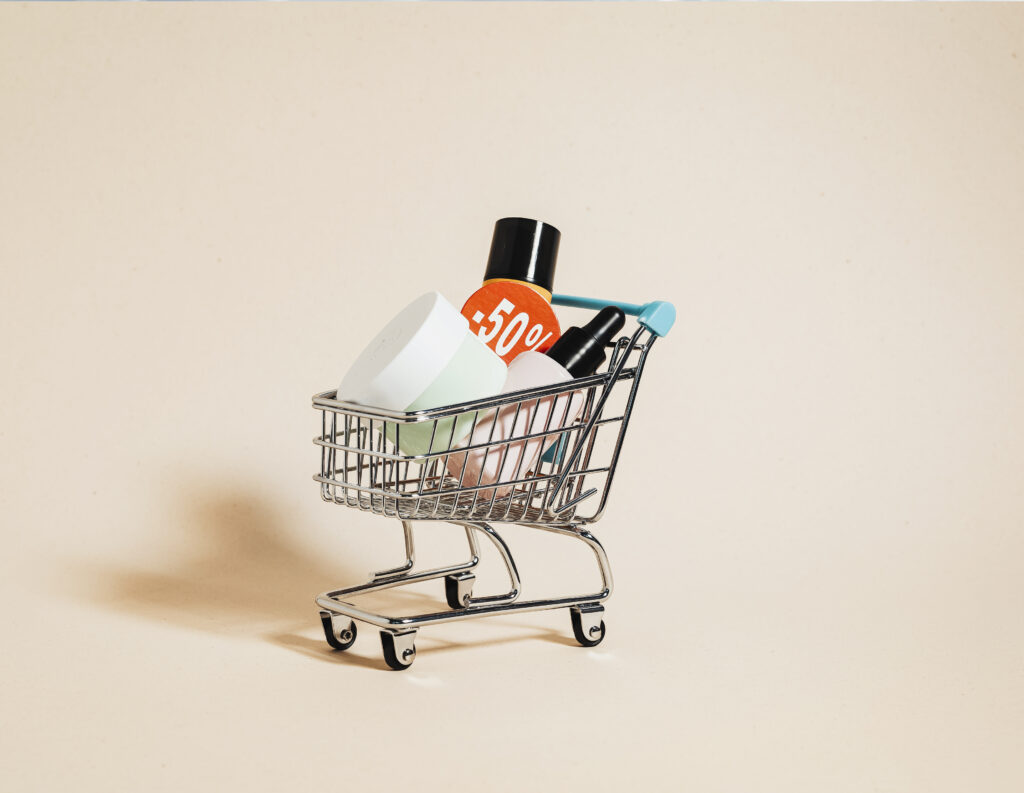
The reality
Despite all the benefits it seems to offer, we should not be fooled by appearances. If we do not have clear data on the use of plastics and the production footprint of a product, we cannot know for sure if this concept of refilling really makes a significant difference in our environmental impact. How many times does a product need to be recharged so that its footprint is visibly smaller in the future?
To make this format more beneficial to the planet, the recharging function is not enough. The entirety of its development must be carefully thought out to avoid entering into contradictions with the objective it faces. In other words, it would be in vain for the refillable containers to be made of plastic. Alternatives must be sought so as not to fall into the same cycle that is harmful to the environment. Finding the most sustainable solution requires a complete study of the life of the product, from production to use, and even after.
Another point against, or rather, one that still needs to be developed, is the massification of the concept. Massification, not only in the sense that it adapts to all the product ranges of a brand, but that it can occur in all the markets in which it has a presence. Currently, the scope of most brands’ capability in this area does not extend beyond one country or its main markets. It does not transcend borders, leaving many consumers without the option to reuse their packaging.

On the other hand, each brand has a different type of packaging for each product it sells. This implies an added difficulty when it comes to being able to reuse packaging regardless of the company to which it belongs. For greater sustainability, there would be a need for standardization of packaging where refills can be attached to any container. At least, to any container within the same product range. Since, given the rapid appearance of novelties in the sector, it is difficult to think that the customer will buy the same product for the rest of his life.
Apparently, the concept has more benefits in theory than in practice.
There is still a long way to go before we can call it a victory against excess waste. It depends on a greater ethical awareness on the part of companies to join and invest in sustainable innovation projects. And it is up to us to do our part and advocate for change. There is no point in a durable container being discarded after two uses, if after a first failed attempt, the consumer is unable to adapt to it. Flexibility is needed on both sides. And, of course, we need greater participatory action by government entities worldwide, who must regulate more effectively and provide laws that aim to reduce our footprint in the pollution of the planet. The sooner everyone takes responsibility, the sooner we will see results.

